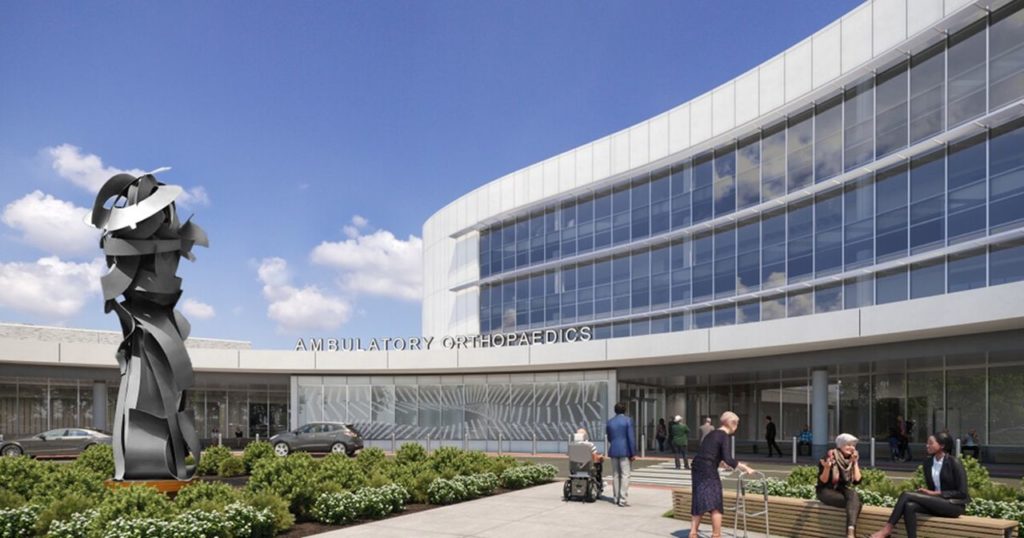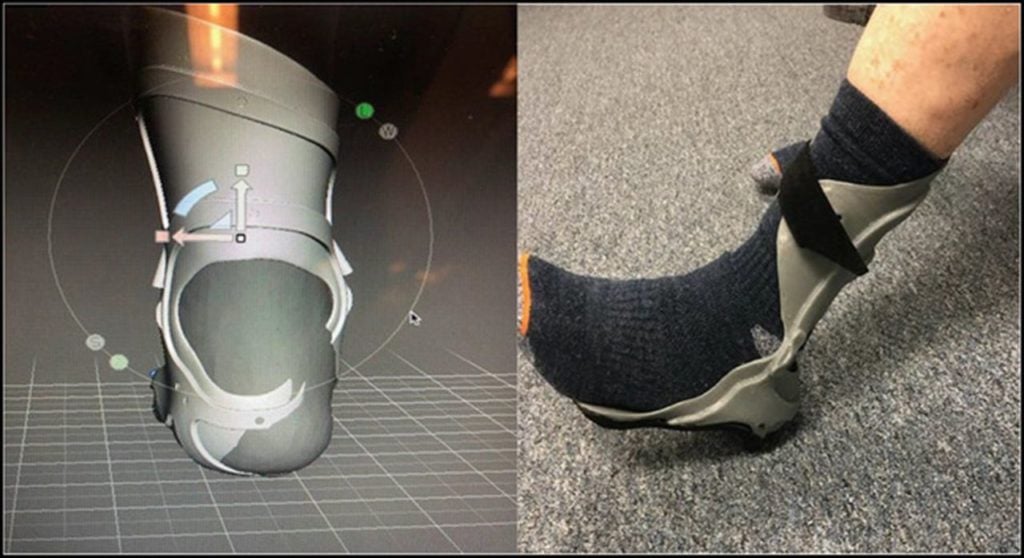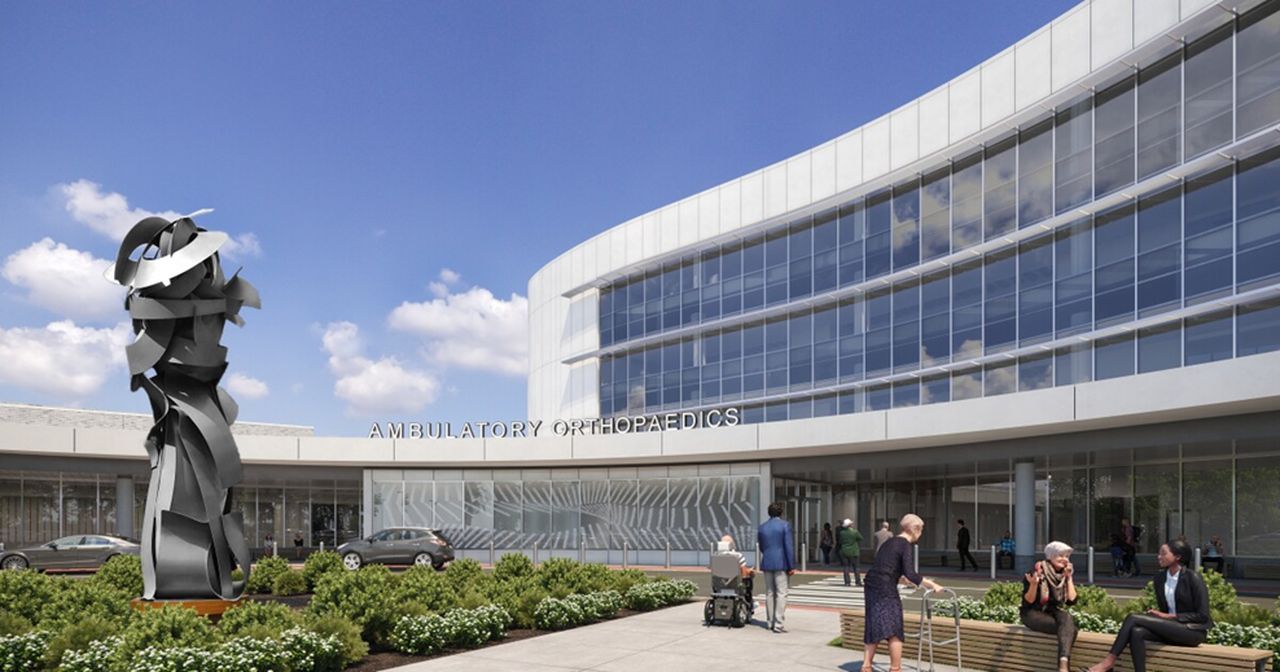
Charles R. Goulding and Warren Buzzell Jr. look at how orthopaedic treatments are being served by 3D print technology.
In 2021, the University of Rochester (UR) began construction for the largest capital project in the school’s history–the development of the UR Medicine Orthopaedics & Physical Performance Center, located within the Marketplace Mall. This $227 million project will entail a building design of 350,000 square feet and combine ambulatory surgery and other essential services in one spot, making it one of the most comprehensive and extensive ambulatory orthopaedics facilities in the United States. In our recent Fabbaloo article , “3D Printing and the Impact of New Medical Retail Space”, we covered the retail aspect of this project. This article aims to discuss the substantive 3D printing orthopaedic application.
The University of Rochester is engaging in this expansion project to meet current and future musculoskeletal patient demands. In the past eight years, UR Medicine has seen a 60% increase in ambulatory visits and a 25% increase in orthopaedic surgery cases. In addition, in the past three years, they have treated 26 patients from different countries and more than 150,000 patients from areas outside of Rochester, NY.
UR Medicine’s push to expand its patient services has the potential to influence an increase in technical innovation in the facility’s operations and services provided, specifically regarding 3D printing applications in current and future orthopaedic practices. Studies have shown that 3D printing technology has revolutionized orthopaedic surgery in areas pertaining to oncology, joints, foot and ankle, spine, sports trauma, and education. Examples of 3D printing applications include anatomic models, noncustom implants, patient-specific instrumentation, custom implants, and prosthetics.

3D printing technology can offer significant contributions to orthopaedic medicine and practices. Benefits include low-cost patient-specific orthotics and prosthetics, lightweight designs, water resistance, and biocompatibility improvements. Research indicates that this technology enables personalized medical products and flexibility in the medical product design process.
The Research & Development Tax Credit
The now permanent Research and Development (R&D) Tax Credit is available for companies developing new or improved products, processes and/or software.
3D printing can help boost a company’s R&D Tax Credits. For example, wages for technical employees creating, testing, and revising 3D printed prototypes can be included as a percentage of eligible time spent for the R&D Tax Credit. Similarly, when used as a method of improving a process, time spent integrating 3D printing hardware and software counts as an eligible activity. Lastly, when used for modeling and preproduction, the costs of filaments consumed during the development process may also be recovered.
Whether it is used for creating and testing prototypes or for final production, 3D printing is a great indicator that R&D Credit eligible activities are taking place. Therefore, companies implementing this technology at any point should consider taking advantage of R&D Tax Credits.
Conclusion
Applications for 3D printing technology are rapidly growing, and the opportunity for more diverse utilization is on the rise. With the University of Rochester’s expansion plans set in motion, the sky is the limit regarding the technology and techniques they incorporate into their new–contemporary–facility.
Analogous to other modern orthopaedic practices, there is a possibility that we will see this technology utilized for more robust applications in the near future. The University already utilizes 3D printing technology for recreational and educational purposes, but it is exciting to see new areas where the technology can be incorporated.

